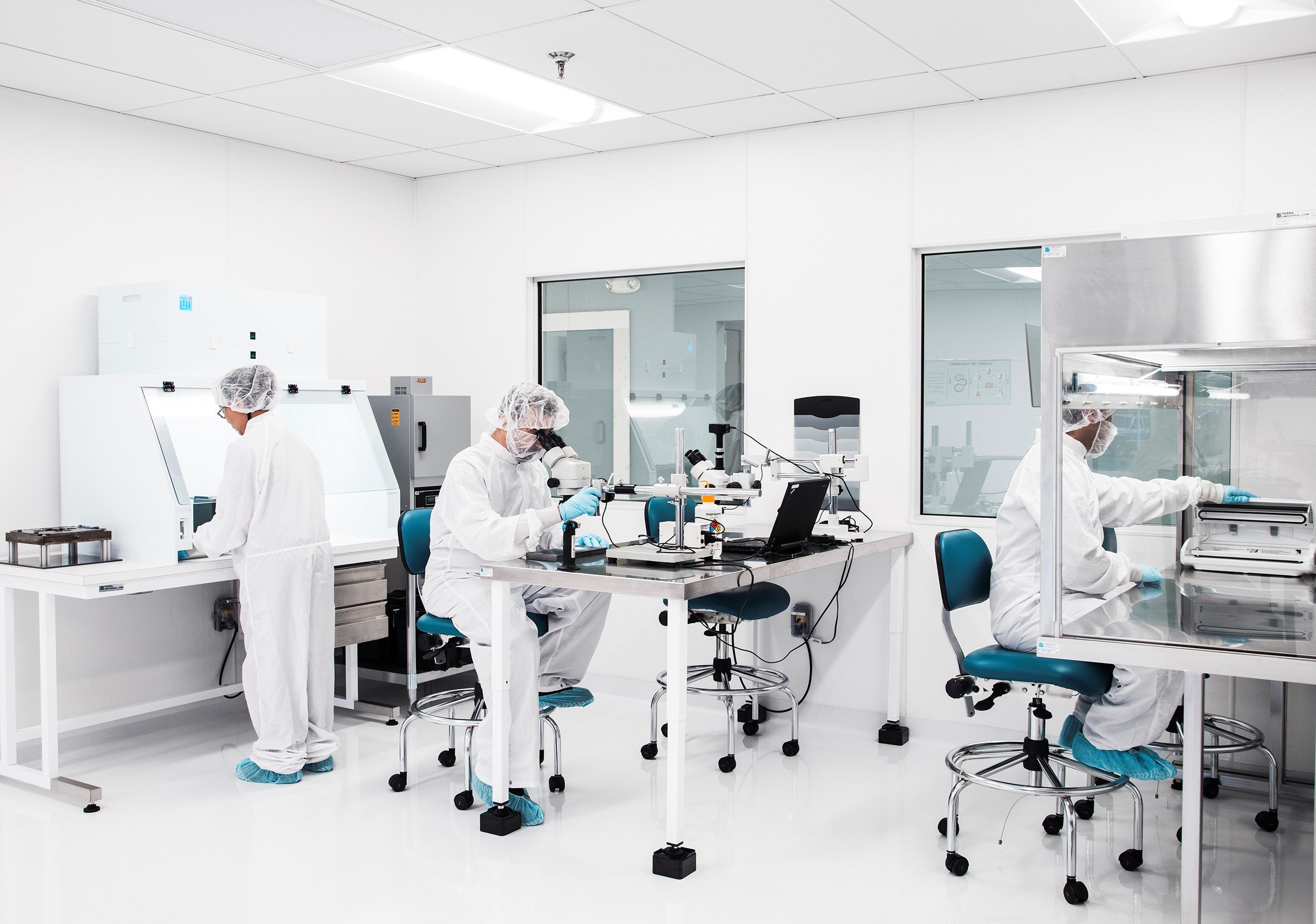
The use of precision medical wire to sense, monitor, guide and stimulate has been the remit of science fiction for hundreds of years, with the most recent treatment being Charlie Brooker’s brilliant socially incisive Black Mirror taking on the implications of constantly being able to monitor one’s health in some distant dystopia.
But the future is here already and the use of fine-grade medical wire for sensing is not just trapped in a faraway research and development lab – it is being used for practical, every day preventative and bespoke medical treatment.
Swedish company Sandvik and its brand of medical-wire-components, Exera®, are at the forefront of development for the latest innovations in this arena – creating bespoke solutions to medical practitioners’ challenges as well as leading with its own research.
Sandvik’s production unit manager at the Palm Coast site, Florida – Gary Davies – spoke with Medical Device Network’s commercial features editor Sarah Williams about how Sandvik keeps at the top of the precision medical wire game, and about what the future holds.
The primary purpose, says Davies, of their sensing wires, is to be an active – and many times the lead – part of whatever medical device they’re in.
“The wires that we make go into a lot of different applications,” he explains, “and the way I like to describe it is that our wires are used to stimulate or send some sort of signal either inside or outside the body. In almost all cases, the wire is an active part of how the sensor works – a continuous glucose monitor wire, for example, is an active chemical sensor for sensing the amount of blood sugar in your interstitial tissue.”
Davies compares this particular application to the fine tuning of auto mechanics: “A lot of cars now have sensors in them to diagnose how the car is running and once you get the diagnostics from under the bonnet, you can make adjustments to just keep it running smoothly – that thinking is what drives the research and development behind our wires and that’s why, in the devices which our wire-components are part of, the primary sensing material is actually an Exera® component.”
The remote monitoring so beloved of science fiction writers is actually one of the primary uses of Exera® wire-components, explains Davies and he laughs when it’s suggested that they’re a thing of the future.
“Most of these are used in Type 1 diabetes cases and you can imagine for younger children especially, the parents’ anxiety about whether their child’s glucose and insulin levels are right would be quite intense. But the wire-sensor we put into the patient constantly monitors them and flags up when outside intervention is necessary.
“So you can imagine the relief a parent has – because they can’t always be with their children – when they can actually look on their smartphone and see what’s happening with their child who may be miles away at school or a friend’s house,” Davies concludes.
Another wonderful, unexpected benefit of the kind of sensing that Exera® wire-components can do in their various devices is to keep NHS staff and patients with heart conditions and diabetes safely at home – during the global pandemic of COVID-19.
Davies explains, “With this COVID-19 situation, people who have diabetes are extra susceptible to contracting the disease and having such serious symptoms that must be hospitalised and put on a ventilator. And of course, healthcare workers themselves have higher risk of contracting the disease every time they interact with a patient.
“So instead of going in for monitoring or to give blood, patients who hadn’t thought to use one of these monitors before, they can start using that now, so everything can be done remotely and lower the risk to themselves and their medical professionals.”
But what about the future of precision medical wire? For a company as focused on R&D as Sandvik is – and considering how cutting edge its medical device clients are, Sandvik can never just be a run-of-the-mill manufacturer or supplier.
“What we find with a lot of our customers is that they’re looking at more advancements in their designs – they don’t just want a precision wire, they need precise, multifunction wires – they need to be able to incorporate multiple capabilities within the same footprint of machine, if you will,” says Davies.
“So Sandvik has been assisting for the past couple of years in the design of a composite wire that has different elements incorporated into that one wire system. One part of the wire is used to locate the sensing device inside the body, almost like a smart guidewire. Another senses heat, another senses something else. So we’re really at the top of our game with that creation.
Looking toward the future
In addition to the new composite wire, says Davies, there is another bit of research that’s really set to change the preventative medicine scene: “There’s a new device we’re getting involved with bringing to the marketplace that will prevent and manage heart failure before it gets to an acute stage. The wire is inserted in your cardiovascular system and there’s an antenna that’s attached to this sensor –so the whole system provides a continuous output of blood flow and pressure, that would give the physician an indication that you’re starting on the early stages of heart failure and exactly where the problem areas are. They then start you on a remedial path long before you can ever be considered acute.
“The great thing,” he continues, “Is that you can look at a patient’s history, heritage, body type, etc. and offer the service to possibly at-risk patients. Because really, what you want to do is prevent these issues before it’s too late.”



